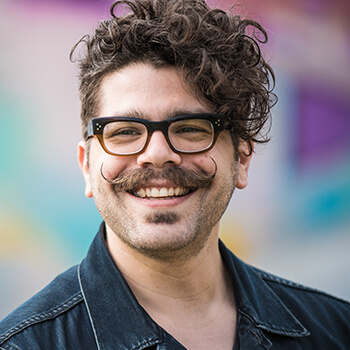My teen clients like to joke that “mindfulness” is every therapist’s favorite word and skill to use these days.
They’re not far off.
It seems to be in the running with asking “And how do you feel about that?” and recommending journaling for the most-therapisty-thing-a-therapist-can-say.
And for good reason.
Just like accessing and expressing your emotions, or using self-reflective writing, mindfulness is an
incredibly powerful tool for self-growth and healing.
So what is mindfulness?
Being a mindfulness-informed therapist sitting down to write something brief about mindfulness feels like asking a theologian to write a blurb about God; or a master chef to say a few words about “food.”
So much to say. So little space. But here goes…
My favorite concise definition of mindfulness comes from Jon Kabat-Zinn, a pioneering researcher who brought mindfulness practices to Western medicine through his Mindfulness-Based Stress Reduction program for chronic-pain patients. He has described mindfulness as:
“Awareness that arises through paying attention, on purpose, in the present moment, without judgment.”
One of the many things I love about mindfulness is that it is simple; as in elegant and relatively uncomplicated as a concept. Of course, truly understanding, practicing, and living it is not easy. For centuries, great practitioners have spent their lifetimes cultivating mindfulness.
If you are interested in exploring this life-changing practice and, well, way of life, here are 5 of my favorite resources on mindfulness. They can benefit absolute beginners and seasoned practitioners alike.
1) Mindful.org – The website of a magazine by the same name. Features a treasure trove of articles on many real-life applications of mindfulness written by some top teachers and practitioners. A great first stop on your journey.
2) The Mindfulness Solution – This book by Ronald D. Siegel, PsyD, is subtitled “Everyday Practices for Everyday Problems.” It is an excellent therapy-informed self-help book with chapters on applying mindfulness to a range of issues from anxiety, depression, and chronic pain; to parenting, intimate relationships, and aging.
3) Stop, Breathe, Think – An excellent and easy-to-navigate app with guided meditations and activities ranging from short breathing exercises to walks and deeper spiritual explorations. Especially good for high school and college-age users.
4) Headspace – A similar app to Stop, Breathe, Think, but with more emphasis on different meditation courses and community-building through scheduled live meditations. Also features some great short explainer animations about key concepts from meditation and mindfulness.
5) Just One Thing – Though not explicitly about mindfulness, this book by Rich Hanson, PhD (author of the companion book Buddha’s Brain) is rich with simple transformative practices that bring the principles and practices of mindfulness to life. At just over 200 pages and roughly the size of your hand, it is a small book packed with wisdom.



